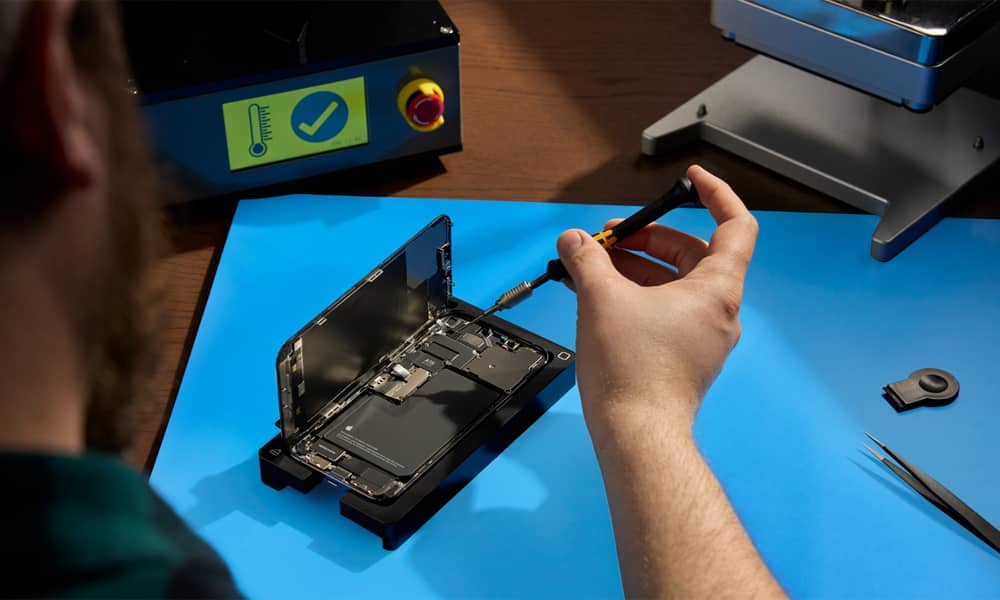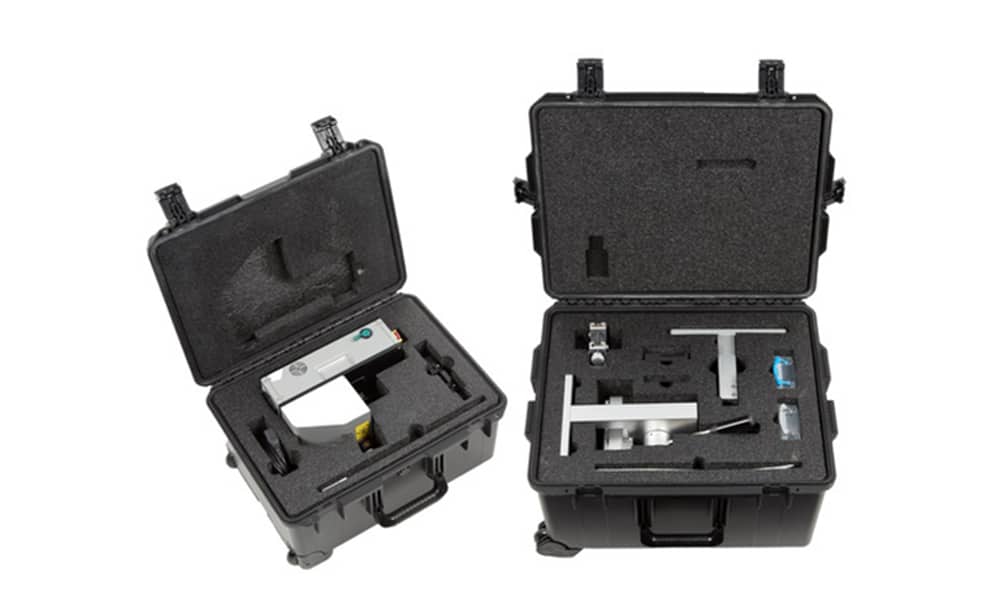Apple Simplifies DIY Self-Service Repair Program and Expands It to Cover More Devices
 Credit: Apple
Credit: Apple
Toggle Dark Mode
In late 2021, Apple shocked the repair industry when it announced plans to roll out a new Self-Service Repair program, allowing everyday do-it-yourselfers to obtain the necessary parts and tools to conduct their own repairs on Apple devices.
The new repair program opened up in April 2022. At launch, it covered only the iPhone 12 and iPhone 13, adding M1 Macs to the mix later that same year.
The program provides DIYers free online access to official Apple Repair Manuals to decide whether conducting their own repair is within their scope of expertise and a Self Service Repair Store where the necessary parts and tools can be ordered.
As we reported when the program launched last year, it doesn’t save you a lot of money over taking your iPhone to an Apple Store or Apple Authorized Service Provider (AASP), and in many cases, it’s more of a hassle.
Due to how iPhones and MacBooks are put together, most repairs require special tools, and chances are you don’t have any of those on hand. Fortunately, Apple will be happy to rent you the appropriate toolkit — for $49/week, plus a hold on your credit card for the value of the tools until they’re returned.
The tools come in two cases that collectively weigh 79 pounds, and they’re unique to each model of iPhone and Mac, which means you won’t save any money repairing devices for your friends and family unless they all happen to be the same models.
As things currently stand, the Self Service Repair program only covers the iPhone 12 and iPhone 13 lineups, the third-generation iPhone SE, M1 Macs, and Apple’s Studio Display. However, Apple is expanding the program to include the full iPhone 14 lineup, the M2-powered MacBook Pro, and the 13-inch MacBook Air. The just-released 15-inch MacBook Air isn’t part of the program yet, despite using the same M2 chip as its smaller sibling.
The timing of this is interesting, as Apple’s first M2 MacBooks were released around this time last year, which means the warranties on those first new models are expiring now. The same will be true of the iPhone 14 in the fall.
Of course, there’s no point in paying for the parts to repair something yourself if Apple will fix it at no cost to you. However, since physical damage isn’t covered unless you have AppleCare+, DIY screen replacements may be a tempting proposition.
While conducting a repair on a device that’s still covered under warranty won’t automatically void the warranty as long as everything goes according to plan, you’ll be on your own if you damage your iPhone or MacBook in the process of a DIY repair.
Simplifying System Configuration
One of the most significant challenges to DIY repairs on iPhones is the way that Apple “serializes” certain parts, requiring them to be paired up through a software process before they’ll work properly.
In some cases, this is necessary for security. For instance, Touch ID and Face ID sensors need to be properly linked with the Secure Enclave to prevent the possibility of fake or malicious hardware components being connected in an attempt to bypass the secure authentication. Other components like displays, batteries, and cameras must be calibrated to ensure proper operation and that they’re “genuine Apple parts.” Some repair experts question how necessary this is, but it is what it is — Apple’s game, Apple’s rules.
The ability to run this System Configuration process after ordering genuine Apple parts and swapping them in yourself is another advantage of Apple’s Self Service Repair program. Without that step, things won’t work correctly; at the very least, you’ll get warnings about a “non-genuine” Apple part, and at worst, you could end up with broken features like Face ID or battery health.
Initially, the System Configuration required a phone call to Apple’s Self Service Repair support team, who would need to run the final step of the repair based on the serial number of your device and the parts they had sent you. Thankfully, Apple is simplifying this process:
“Self Service Repair users can now initiate System Configuration by placing their devices into Diagnostics mode and following onscreen prompts. Users no longer need to contact the Self Service Repair support team to run the final step of a repair, but the team will still be available to assist as needed.”
In addition to the iPhone 14 and M2 MacBooks, Apple is also adding the True Depth camera and top speaker for iPhone 12 and iPhone 13 models to the Self Service Repair program.










